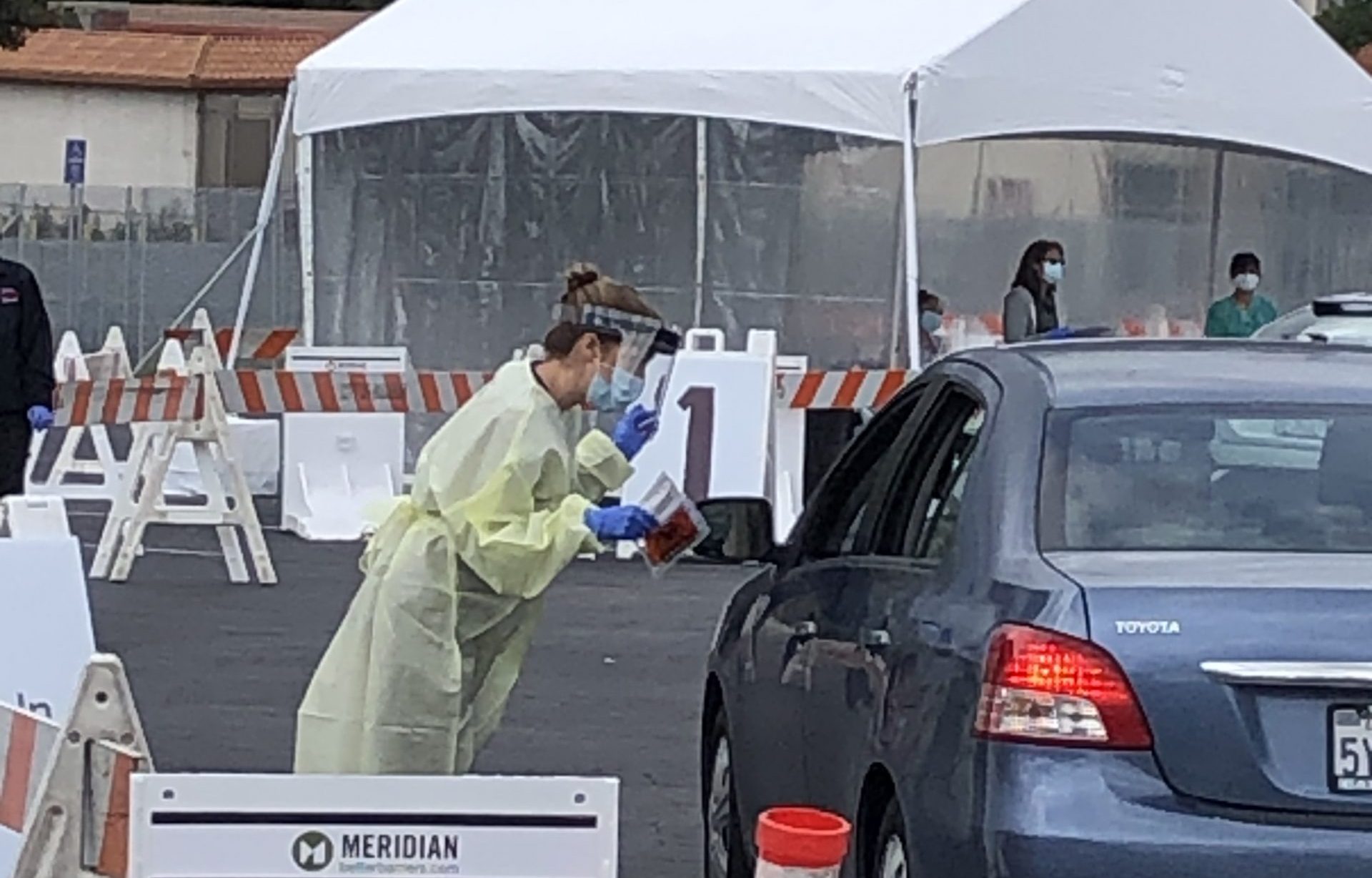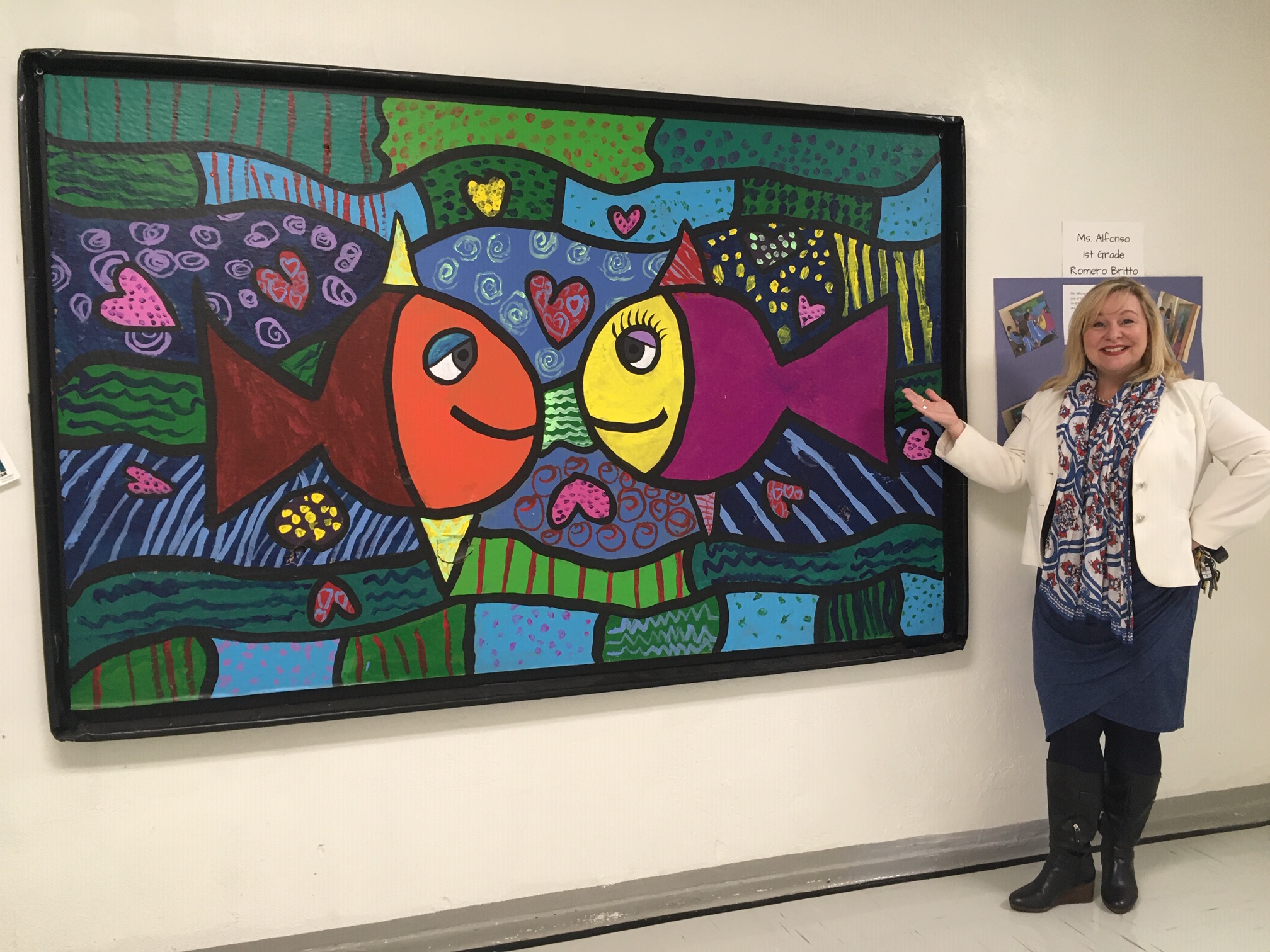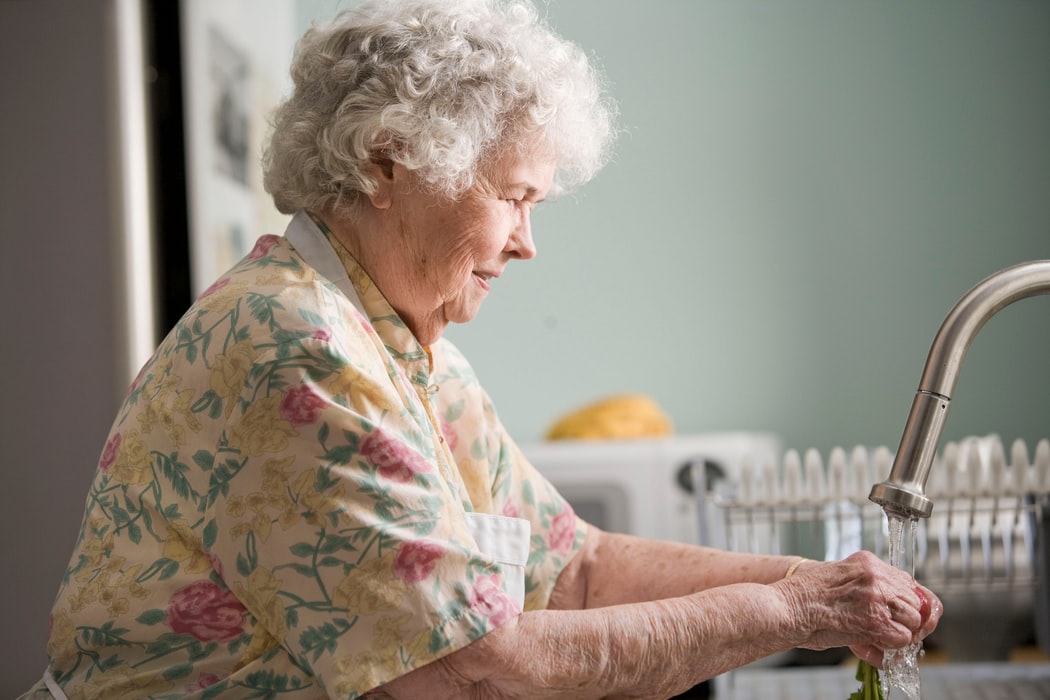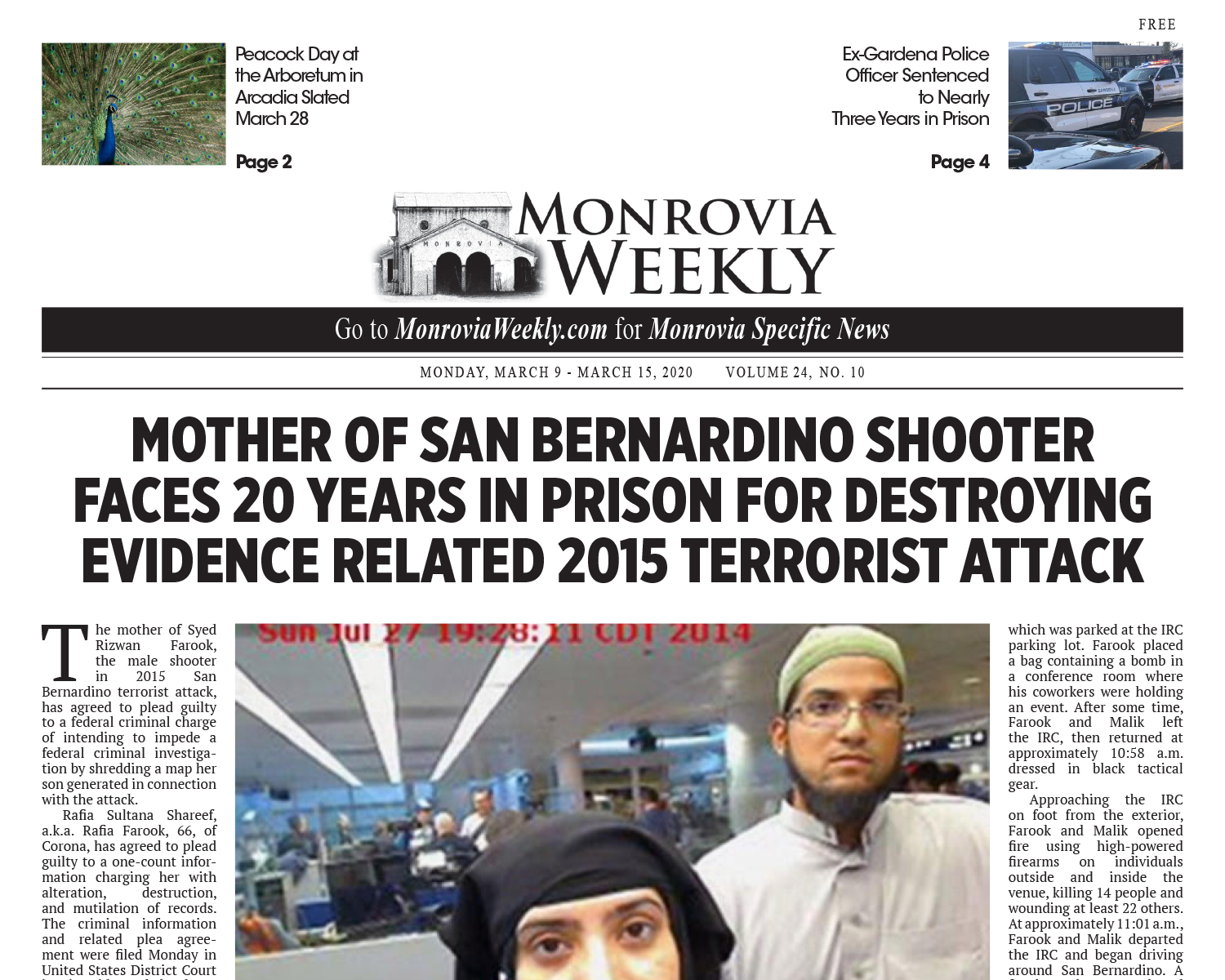Although there are no confirmed cases in Monrovia, the city continues to prepare for COVID-19. Each department in the city has been assigned specific roles. These roles are put in place to ensure that members of the Monrovia community will continue to be provided with premier service.
City Manager’s Office
The City Manager’s Office is responsible for preparing public notices, press releases and communicating on behalf of the city. At this time, the City Manager’s Office is preparing to provide daily updates related to COVID-19 so Monrovians know where to get latest information.
In addition, the city manager is designated as the city’s emergency services director. This means that in the event a disaster proclamation is necessary, the manager would request the City Council to make such a proclamation if council is in session, or may issue the proclamation when out of session, provided council formally adopts within seven days. A disaster proclamation recognizes the existence of a local emergency and assists the city to mobilize resources and provide emergency response.
Personnel policies and procedures, as well as general updates to employees, are also provided by the City Manager’s Office. Communicating effective training, hygiene and updates are important for first responders, public works crews and hundreds of city employees to pursue a safe working environment.
Police Department
In the police department, the Dispatch Center is handling all emergency calls as it normally would. However, dispatchers are questioning callers and determining if a call concerns a person who may have signs or symptoms and risk factors for COVID-19. This query process is helpful in determining if other first responders, such as police officers or firefighters/paramedics, should prepare for a response by using personal protective equipment recommended for COVID-19. Staff is also preparing operational activities that could be necessary if a case is confirmed in Monrovia in addition to preventative measures such as supplying vehicles/equipment with personal protective equipment and training.
Fire Department
The fire chief is designated as the deputy emergency services director and is largely responsible for field operations during emergency events. The department has equipped vehicles with necessary supplies and is providing coordination, training and distribution of information related to the event. They coordinate with healthcare providers in the area to ensure that if someone is exposed to COVID-19, that proper communication happens between the city and agencies that need to be involved, including healthcare providers, the CDC and other regional authorities.
Public Works Department
Currently, Public Works staff is ensuring all public facilities are functioning as they normally would during regular business hours. They are working hard to ensure sufficient hand soap and paper towels are available in all locations and that trash services are being collected.
According to Los Angeles County Department of Public Health, the risk for contracting COVID-19 still remains low in L.A. County; however, all are encouraged to practice social distancing strategies that limit exposure to others who may be ill. Implementing social distancing strategies is as simple as having verbal salutations in place of handshakes and hugs, not sharing utensils, cups and linens and staying 6 feet apart from others at public events.
To further prevent the spread of respiratory viruses, it is recommended that all “high-touch” surfaces such as counters, tabletops, doorknobs, light switches, bathroom fixtures, toilets, trash cans, phones, remote controls, keyboards, tablets and bedside tables are frequently cleaned and disinfected. When cleaning, use an Environmental Protection Agency (EPA)-registered product that cleans (removes germs) and disinfects (kills germs). As always, be sure to follow the instructions on the labels of cleaning products and disinfectants.
The city is operating in a “business as usual” context although it has made small enhancements/changes to some of its operations to address COVID-19. The city will continue to remain vigilant and committed to providing updates, information and advisories from local, state and federal public health agencies as they become available. These updates can be seen on the city’s website, and social media platforms: Facebook and Twitter. The next regularly scheduled update will be on Monday, March 9.
To stay up-to-date with accurate information on COVID-19, those in L.A. County can call 211, or view the following websites:
- Los Angeles County Department of Public Health
- Coronavirus COVID-19 Global Cases Dashboard
- COVID-19 Prevention and Treatment
FAQ
As part of its outreach to maintain residents informed, the city put together an FAQ to provide additional information on COVID-19:
What is COVID-19?
The recent outbreak of the novel coronavirus COVID-19 originated in Wuhan City, Hubei Province, China, and was first identified by Chinese authorities in mid-December 2019.
Coronaviruses are a large family of viruses, some of which cause illness in people and others that circulate among animals, including camels, cats and bats. Rarely, animal coronaviruses can evolve and infect people and then spread between people, as seen with Middle East Respiratory Syndrome (MERS) and Severe Acute Respiratory Syndrome (SARS). However, COVID-19 has clearly progressed to human-to-human transmission.
How is it transmitted?
COVID-19 is most commonly spread from an infected symptomatic or mildly symptomatic person to others through:
- Air by coughing and sneezing.
- Close personal contact, such as touching or shaking hands.
- Touching objects or surfaces with the virus on it, then touching your mouth, nose or eyes before washing your hands.
- Rarely, fecal contamination.
What are the signs and symptoms?
Common human coronaviruses usually present as mild to moderate upper-respiratory-tract illnesses, such as the common cold. These illnesses usually only last for a short time; symptoms may include:
- Runny nose.
- Headache.
- Cough.
- Sore throat.
- Fever.
- A general feeling of being unwell.
What preventative measures can be taken?
Although there is currently no vaccine to prevent COVID-19, there are steps that every person can take to prevent illness. The community is advised to:
- Stay home if you are sick.
- Wash your hands with soap and water for at least 20 seconds, especially after going to the bathroom; before eating; and after blowing your nose, coughing, or sneezing.
- Cover your cough or sneeze with a tissue, then throw the tissue in the trash.
- Clean and disinfect frequently touched objects and surfaces using a regular household cleaning spray or wipe.
- Get immunized against the flu to protect yourself and your family, and reduce the potential strain on the healthcare system, which may be impacted by COVID-19 concerns.







